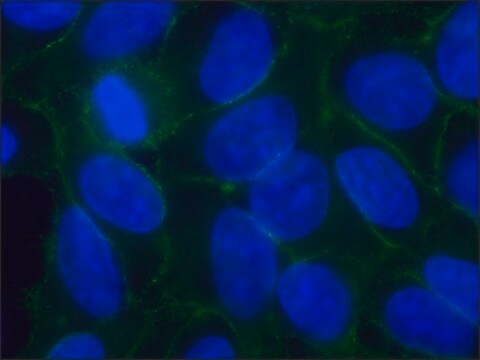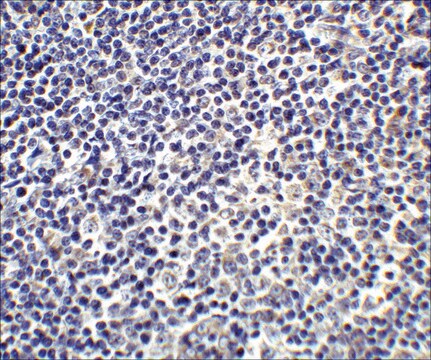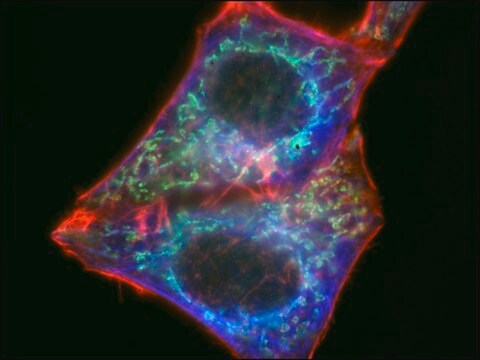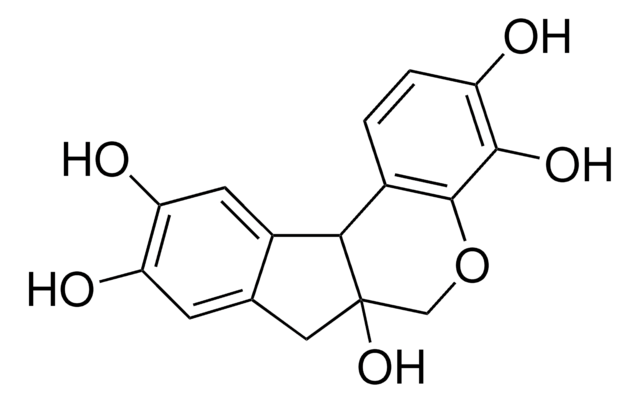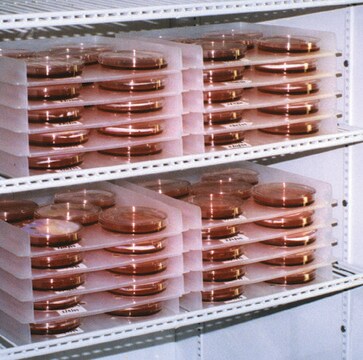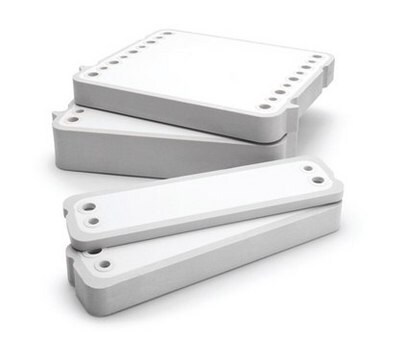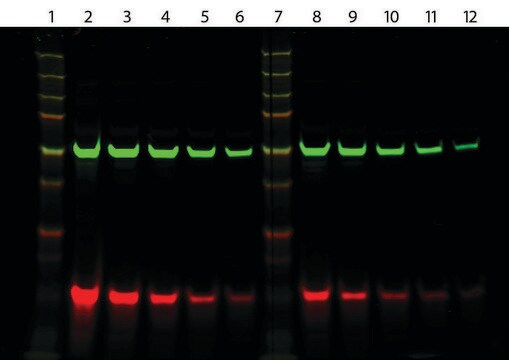General description
Cryptochrome-1 (UniProt: P97784) is encoded by the Cry1 gene (Gene ID: 12952) in murine species. Cryptochrome-1 is an evolutionarily conserved member of the flavoprotein superfamily that acts as a transcriptional repressor and forms a core component of the circadian clock. It has a photolyase domain at its N-terminal (aa 3-132). Cryptochrome-1 has three FAD biding sites (aa 252, 289, and 355). However, only a minority of the protein molecules contain bound FAD. Transcription and translation of core clock components (CLOCK, NPAS2, ARNTL/BMAL1, ARNTL2/BMAL2, PER1, PER2, PER3, CRY1 and CRY2) play a critical role in rhythm generation, whereas delays imposed by post-translational modifications (PTMs) are important for determining the period (tau) of the rhythms. Disruptions in the circadian rhythms contribute to the pathology of cardiovascular diseases, cancer, metabolic syndrome, and aging. Crytopchrome-1 translocates to the nucleus through interaction with other clock proteins such as PER2 or ARNTL/BMAL1. The core clock genes: PER1/2/3 and CRY1/2, which are transcriptional repressors form the negative limb of the feedback loop and interact with the CLOCK|NPAS2-ARNTL/BMAL1|ARNTL2/BMAL2 heterodimer inhibiting its activity and thereby negatively regulating their own expression. Transcription factors, CLOCK or NPAS2 and ARNTL/BMAL1 or ARNTL2/BMAL2, form the positive limb of the feedback loop and act in the form of a heterodimer and activate the transcription of core clock genes and clock-controlled genes. It has been suggested that cryptochrome may act as a molecular gatekeeper to maintain CLOCK-ARNTL/BMAL1 in a poised and repressed state until the proper time for transcriptional activation. Animals with defective cryptochrome-1 display disruption in their glucose homeostasis with elevated blood glucose in response to acute feeding after an overnight fast and severely impaired glucose clearance in a glucose tolerance test.
Specificity
Clone D46-3361 is a rat monoclonal antibody that specifically detects Cryptochrome-1 in murine species. it targets an epitope within 20 amino acids from the C-terminal region.
Immunogen
KLH-conjugated linear peptide corresponding to 20 amino acids from the C-terminal region of murine Cryptochrome-1.
Application
Anti-Cryptochrome-1, clone D46-3361 Antibody, Cat. No. MABE1152, is a highly specific rat monoclonal antibody that targets Cryptochrome-1 and has been tested for use in Chromatin Immunoprecipitation (ChIP) and Western Blotting.
Western Blotting Analysis: A representative lot detected Cryptochrome-1 in Western Blotting applications (Partch, C.L., et. al. (2006). Proc Natl Acad Sci USA. 103(27):10467-72; Ye, R., et. al. (2011). J Biol Chem. 286(29):25891-902; Ozturk, N., et. al. (2009). Proc Natl Acad Sci USA. 106(8):2841-6; Chiou, Y.Y., et. al. (2016). Proc Natl Acad Sci USA. 113(41):E6072-E6079).
Chromatin Immunoprecipitation (ChIP) Analysis: A representative lot detected Cryptochrome-1 in Chromatin Immunoprecipitation applications (Ye, R., et. al. (2011). J Biol Chem. 286(29):25891-902).
Quality
Evaluated by Western Blotting in NIH/3T3 cell lysate.
Western Blotting Analysis: A 1:500 dilution of this antibody detected Cryptochrome-1 in 10 µg of NIH/3T3 cell lysate.
Target description
~68 kDa observed; 68.0 kDa calculated. Uncharacterized bands may be observed in some lysate(s).
Physical form
Format: Purified
Purified rat monoclonal antibody IgM in PBS with 0.05% sodium azide.
Other Notes
Concentration: Please refer to lot specific datasheet.


